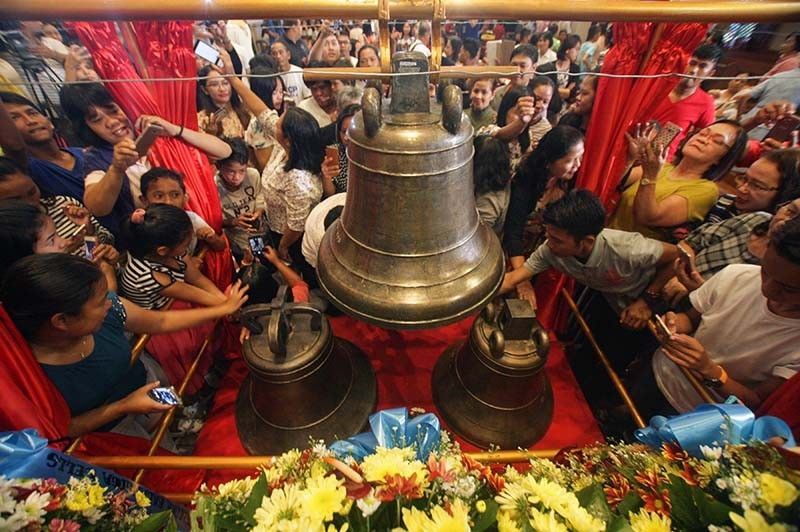Commentary: The Balangiga bells and the Philippines-US alliance

(APPFI) In his speech marking the return of the Balangiga bells, United States defense secretary, Jim Mattis emphasized the need to deepen the “respect” between the two allies, the Philippines and the United States. Seen as either war booty or as relics of a bloody period, the return of the bells mark an end to a heavily disputed period between the allied countries. President Rodrigo Duterte of the Philippines has used the bells to needle the Americans, going even so far as asking for their return in his State of the Nation Address in 2017.
Under Duterte’s presidency, the Philippines maintains a two-tier approach to the alliance. The president is free to annoy or lambast the US while his diplomats and generals maintain the military and other security aspects of the relationship. For instance, his own national security policy recognizes the US presence in the region as a “stabilizing force” and emphasizes its critical role as the Philippines “sole defense treaty ally.”
Two critical areas where the alliance will probably be maximized, albeit in a low-key manner, are internal security operations, and the Armed Forces of the Philippines’ modernization program. The Philippines’ national security apparatus has refocused its priorities by ranking internal security as its primary goal. Terrorism, insurgency, subversion, transnational crimes, criminality and illegal drugs abetted by graft and corruption rank above the West Philippine Sea in terms of strategic consideration.
Duterte has already requested the Congress to extend martial law in Mindanao, which has been generally welcomed in that island, but reviled in Manila and other parts of the country. The US has been active in helping rebuild Marawi and so far has given US$ 60.5 million for community development projects to respond to economic, social, health, and education needs of the local communities in the affected area. It is in the US interest to help the Philippines stem terrorism and violent extremism in Mindanao and programs designed to prevent violent extremism will be useful to both governments.
The AFP’s military modernization recently earned a big push with the decision to purchase Black Hawks for utility helicopters. This is a major win for the US as this shows that the Philippines will not cross the line on US sanctions on Russia, which was ready to sell Mi-171s at a cheaper price. Doing so would have incurred repercussions from the Americans, and defense decision-makers were prudent enough to take this into consideration.
Nevertheless, the US would need to be more careful in how it presents its assistance in the AFP’s modernization program; in August, Duterte criticized his country’s ally, noting that while it offers its assistance, there is no assurance that the Philippines will get any weapons that it wants to purchase as an earlier attempt to do so were suspended following criticisms from members of the US Senate.
While low in alliance priorities now, the West Philippine Sea will remain to be the bigger issue between the allies. The US still refuses to clarify whether it will protect Philippine-occupied features in the area in case of attack. Still, clarity on US commitment would help mollify certain sectors of the Philippine government, which have been ill at ease with Washington’s ambivalent attitude on the issue.
Contrary to any notion that the Philippines left the US camp, the past two and a half years have shown that it will take more than a president to remove the former from the latter’s sphere of influence. Continuous lobbying from the Philippines, boosted in part by its president’s refusal to back down from publicly calling out the US on historical and other policy grievances, has resulted in the return of the bells of Balangiga. Should the US continue to be understanding of its ally’s unorthodox approach to alliance management, it will satisfy the Philippines’ approach of working “closely with the US on a number of significant security and economic issues.”
Julio S. Amador III is program convener and fellow at the Pathways to Progress, a new think-tank based in Manila.
- Latest























